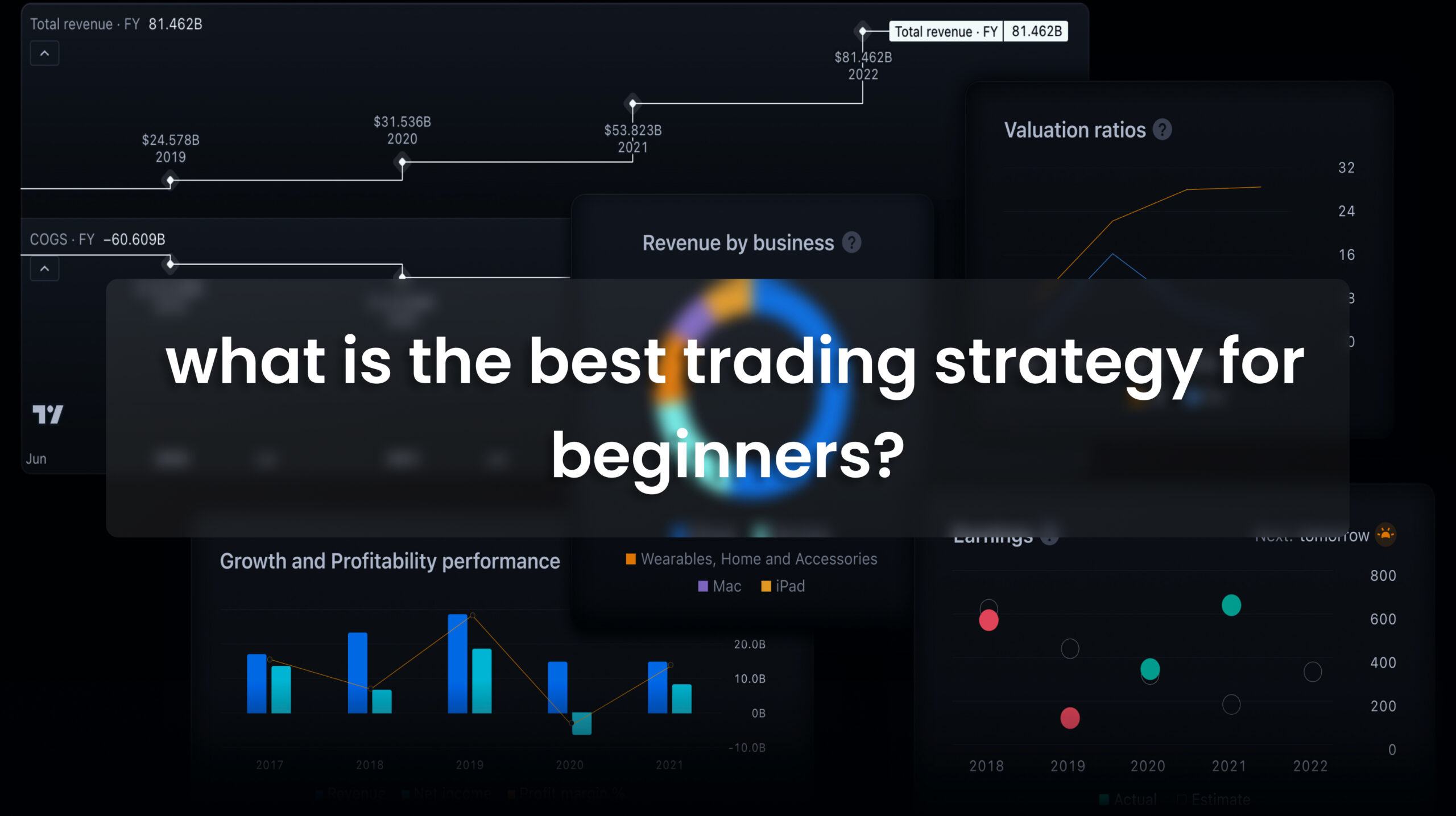Brief Description – Best trading strategy for Beginners:
A trading strategy is formed on an explicit plan which determines how trading decisions will be made hence how the market will be approached. This is helpful because it provides one with a roadmap that guides their actions and helps them stay disciplined and focused. For beginners, the right trading strategy depends on their own risk tolerance, investment goals and experience.
What Is a Trading Strategy?
A trading strategy refers to a predetermined scheme which prescribes the manner in which an investor would trade in stocks. I mean like a guide that controls commerce decisions depending on the pre-set conditions and rules.
Usually, a trading plan consists of essential components such as:
- Investment Objectives: Specific goals for achieving a certain level of profit, protecting one’s investment or reducing risk.
- Risk Tolerance: Awareness of how much risk an individual investor would be prepared to bear.
- Time horizon: Duration during which an investor intends to maintain the investments.
- Allocation of Assets: The ratio of funds that will be put into other categories of assets (stocks, bonds, cash)
- Points of Entry and Exit: Date specific and selling rules for buying and selling securities.
- Management of Risks: Trading Strategies to manage risk such as risk management (stop-loss orders) or diversification.
Understanding Trading Strategies:
Traders utilise diverse trading tactics which have their pros/cons in themselves.
A few of such strategies include:
- Day Trading: It is purchasing and selling of securities on the same trading day.
- Swing Trading: A technique that aims at profiting from short-term price ranges by retaining the positions for several days or weeks.
- Position Trading: This means retaining the positions for longer periods sometimes over even months or years.
- Scalping: A plan that includes rapid entries and exits in trades so as to earn small profits.
- Fundamental Analysis: It includes examining the economic indicators, company news and other fundamentals in order to get trading chances.
- Technical Analysis: Here the price graphs and technical indicators are studied to foresee the price trends.
Developing a Trading Strategy – A Step-by-Step Guide:
It is very important that we develop a proper trading strategy in order to make it big in the financial markets.
Below is a step-by-step plan for helping you build one that matches your objectives and risk profile:
Define Your Investment Goals:
- Identify how much risk you are willing to take – What is the amount of risk you can bear?
- Establish attainable expectations – What are your financial aspirations and the time frame?
Identify Your Trading Style:
- Buying and selling securities during the same trading day
- Position holding for a couple of days or weeks.
- Position holding over extended periods, usually months to years.
- Concentrate on economic indicators and company-related news
- Chart analysis of prices and their trends in order to find trade chances.
Research and Analyze Markets:
- Stay informed on the market, economic indicators and trends in the industry.
- Identify potential investments through technical and fundamental analyses.
Develop a Trading Plan:
- Make sure you identify and clarify your level of entry and exit points including stop-loss and take profit levels as well as the regulations on risk management.
- Utilise past data to validate the efficiency of your approach.
Implement Your Strategy:
- Don’t stray from your trading scheme and save yourself from spontaneity.
- Check your trading outcome constantly so as to change anything necessary.
Risk Management:
- Shield your principal by determining the maximum capital loss allowed.
- Diversify investments in various assets for lower risk levels.
- Refrain from taking too many positions you are not able to manage effectively.
Continuously Learn and Adapt:
- Stay informed regarding fresh tactics in trading and recent advancements in exchange.
- But if these changes in markets occur, then you must be prepared to modify your tactics.
Best Trading Strategies for Beginners!
As a novice learner, it is quite significant for you to use simpler strategies that would enable you to comprehend trading basics.
Therefore some of the recommended strategies include:
Range Trading:
- First and foremost identify important support and resistance levels from the chart.
- Buy at the point of touching support level anticipating a rebound back up.
- Resist selling at the point of touching the resistance level expecting a drop downwards.
Trend Following:
- Use moving averages and trend lines as technical indicators to identify market trends.
- Acquire when there is a price increase.
- Offload when there is a price drop.
Mean Reversion:
- Learning about the use of indicators like the relative strength index (RSI) and the stochastic oscillator will help you know when a currency pair is overbought or oversold.
- When the currency pair is oversold, you should purchase it to revert to mean.
- It is advisable to sell when the currency pair is overbought so that it can revert to mean.
Scalping:
- Scalping is all about putting up quick, tiny trades just like one would do with scalps on the skin.
- For this reason, one needs expert gadgets and quick turnaround times.
New Trading:
- Keep abreast with the latest economic news, political happenings and statements released by central banks.
- Consequently, look for possible trading options from important news happenings.
The bottom line:
Selecting the best trading strategies for beginners is based on personal tastes and risk appetite. There is no universally applicable method, although a simpler approach that becomes more complex over time may be an excellent means of honing one’s trading prowess while enhancing assurance. It should be noted that consistency, discipline as well as never-ending education are essential ingredients towards achieving lasting success in trading activities.

